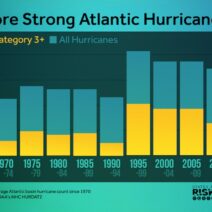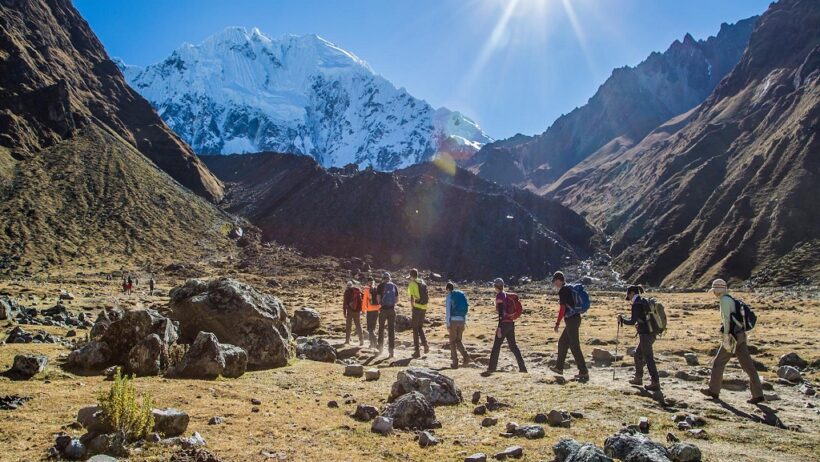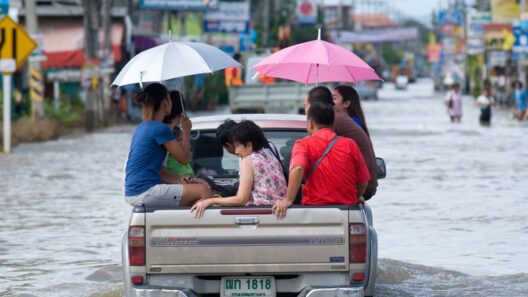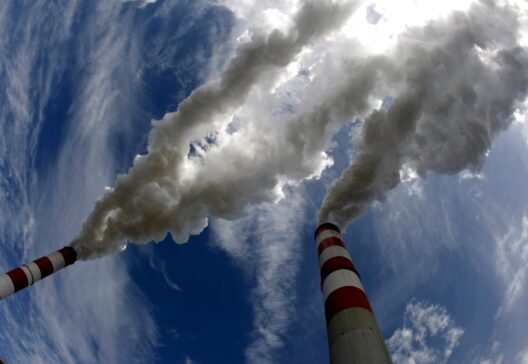Peru, a country straddling the equator, is a kaleidoscope of climatic conditions, resulting from its diverse geography that ranges from the humid Amazon rainforest to the arid plains of the Andes Mountains. But what exactly influences Peru’s climate? Is it the staggering altitudes of the Andes that shapes the weather patterns, or could it be the sultry humidity emanating from the Amazon basin?
To explore this question, we must examine the interplay of altitude and humidity across Peru’s varied topography. The climatic regions can primarily be categorized into three distinct zones: the coastal desert, the Andean highlands, and the tropical rainforest of the Amazon. Each plays a pivotal role in determining local weather and the ecological balance of the region.
Starting with the coastal zone, the Peruvian coast experiences a predominantly arid climate, characterized by little rainfall and mild temperatures. This coastal desert, influenced by the Humboldt Current, results in a phenomenon known as coastal fog or “garúa” which often blankets the region. It may seem counterintuitive that an area defined by such dryness could bear agricultural vibrancy, yet ingenious farming techniques have allowed for the cultivation of crops like asparagus and cotton against the odds. However, as temperatures fluctuate due to climate change, this delicate balance could disintegrate, posing a significant challenge for local farmers.
Transitioning inland, one encounters the majestic Andes Mountains, where the climate undergoes a dramatic shift. The Andes, towering up to 6,961 meters (22,838 feet) in elevation at their highest peak, create microclimates that vary significantly with altitude. The air cools as one ascends, leading temperatures to decline precipitously. At the highest elevations, temperatures can plummet below freezing, covering the land in snow and ice. The complex terrain fosters an array of climatic phenomena including high-altitude winds and distinct seasonal variations.
Moreover, the Andean climate is not solely about temperature; precipitation patterns also strut their effects. The mountains capture moisture-laden winds, resulting in orographic rainfall on the windward slopes, while the leeward side remains parched. This leads to the creation of high-altitude lakes and lush valleys on one side, and arid plateaus on the other. It raises an intriguing question: how can local communities adapt to these sharp contrasts in climate? The traditional practices of indigenous peoples provide a blueprint, relying on crop diversification and innovative water conservation techniques to thrive in such an erratic environment.
As one descends into the eastern slopes of the Andes, the climate shifts again, giving way to the Amazon rainforest. This area is characterized by its staggering humidity and warmth, creating a biome that is among the most biodiverse on the planet. With average annual rainfall exceeding 3,000 mm, the Amazon feels like a dripping saturation of life. However, it is not just the moisture that is significant; the rainforest acts as a crucial carbon sink, absorbing vast amounts of CO2, and plays a vital role in regulating global climate. The question then arises: can the Amazon withstand the dual threats of deforestation and climate change? The sobering answer is a resounding, yet uncertain, “perhaps.” The degradation of this invaluable ecosystem exacerbates climate fluctuations, prompting urgent calls for conservation efforts.
Throughout the year, Peru’s climate is marked by distinct seasons. In the coastal regions, summer spans from December to March, marked by hotter and more humid conditions, while winter (June to September) sees cooler temperatures and misty weather. Conversely, the highland regions typically experience two seasons, a wet season from November to March and a dry season from April to October. The Amazon basin is perpetually warm, with rainfall peaking between December and April, leading to lush, vibrant growth as the landscape flourishes under the warm, humid conditions.
However, the challenges posed by climate change manifest visibly in Peru’s climate. Increased temperatures, altered precipitation patterns, and severe weather events threaten both the coastal and highland regions. Glacial retreat in the Andes, which supports numerous communities through glacial meltwater, is accelerating, potentially leading to water shortages. The deteriorating health of the Amazon, compounded by illegal logging and agricultural expansion, further intensifies these climate concerns. If left unchallenged, these climatic alterations may jeopardize livelihoods, exacerbate food insecurity, and increase socioeconomic disparities.
In conclusion, Peru’s climate is a complex tapestry woven from the threads of altitude and humidity, each influencing the other, resulting in diverse ecosystems and microclimates. The interplay of these elements raises significant questions about adaptation and resilience in a rapidly changing environment. Will Peru find the means to safeguard its rich environmental heritage while accommodating the growing pressures posed by climate change? The answers lie in both local ingenuity and global cooperation, compelling the world to reconcile economic growth with ecological preservation.







